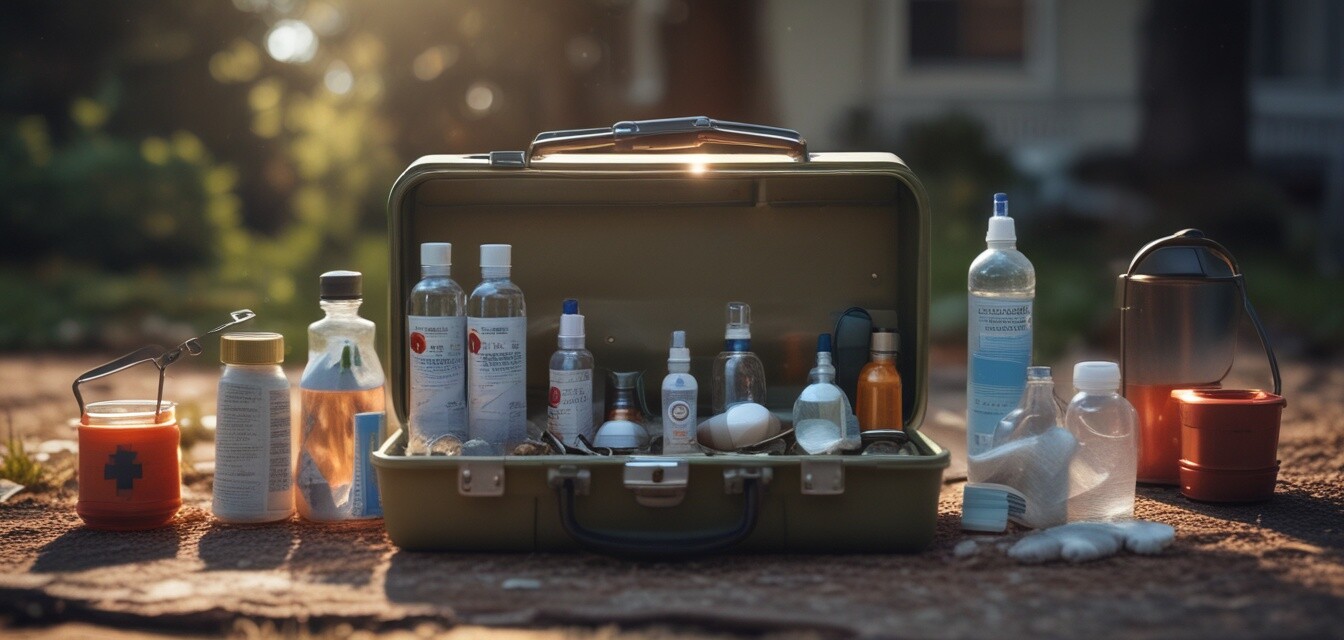
Preparing Your Home for an Emergency
- Understand the types of emergencies that can occur in your area.
- Create an emergency kit with essential supplies.
- Develop a family emergency plan that includes communication and evacuation strategies.
- Regularly assess and update your preparedness plans.
Being prepared for an emergency is crucial for ensuring your safety and the safety of your loved ones. Emergencies can come in many forms, including natural disasters like earthquakes, floods, and hurricanes. This article provides practical tips and steps to prepare your home for such unexpected events, ensuring you're ready for whatever comes your way.
Types of emergencies to prepare for
Before you begin preparing, it's important to know what types of emergencies could potentially affect your home. Here are some common scenarios:
- Natural disasters (e.g., hurricanes, earthquakes, floods)
- Fires
- Home invasions
- Health emergencies
1. Create an emergency kit
An emergency kit is essential for responding effectively in a crisis. Here's what to include:
| Item | Purpose |
|---|---|
| Water (one gallon per person per day) | Stay hydrated |
| Non-perishable food | Provide sustenance |
| First aid kit | Address health emergencies |
| Flashlight | Light during power outages |
| Batteries | Power devices |
| Mobile phone charger | Stay connected |
| Whistle | Signal for help |
Consider storing your emergency kit in an easily accessible location, such as a closet or garage. Regularly check your supplies to ensure they are up-to-date and replace any expired items.
2. Develop a family emergency plan
A well-thought-out family emergency plan can save lives in critical moments. Consider including the following elements:
- Communication plan: Ensure every family member knows how to communicate in an emergency.
- Evacuation routes: Identify and practice various routes to safely exit your home and neighborhood.
- Designate a meeting place: Choose a recognizable location for your family to regroup after an emergency.
- Inform your neighbors: Talk with neighbors about your plans and tools to assist each other.
3. Consider additional safety measures
There are several additional precautions you can take to bolster your home’s security and preparedness:
- Install smoke detectors and carbon monoxide detectors. Regularly test them to ensure they are working.
- Consider a security system for your home. A well-placed camera setup can enhance safety. Check out our sections on wireless security cameras and solar-powered cameras for more information.
- Secure doors and windows with quality locks and reinforcements.
- Keep your yard maintained to avoid hiding spots for intruders.
4. Regular assessments
Preparing is not a one-time action. Regularly evaluate your emergency plan and kit. Schedule routine drills to ensure everyone is familiar with the procedures. Make necessary adjustments based on changing circumstances, such as new family members or relocating.
Pros
- Peace of mind knowing you are prepared for emergencies.
- Increased safety for your family and home.
- Potentially faster response during an actual emergency.
Cons
- Initial costs for emergency preparedness supplies.
- Time and effort required to create and maintain an emergency plan.
Conclusion
In conclusion, being prepared for an emergency is vital for ensuring the safety and well-being of yourself and your family. By creating an emergency kit, developing a family plan, and regularly assessing your preparedness, you take proactive steps to ensure you are ready for whatever challenges may arise. For more comprehensive tips, check out our home safety best practices that can help you safeguard your home.
